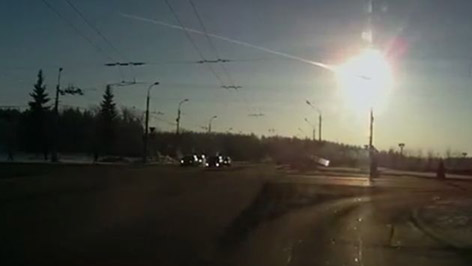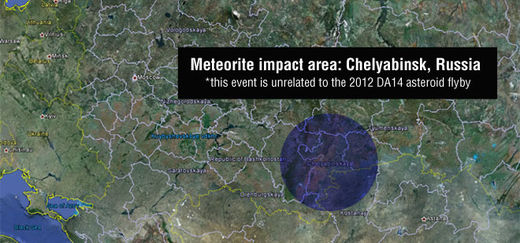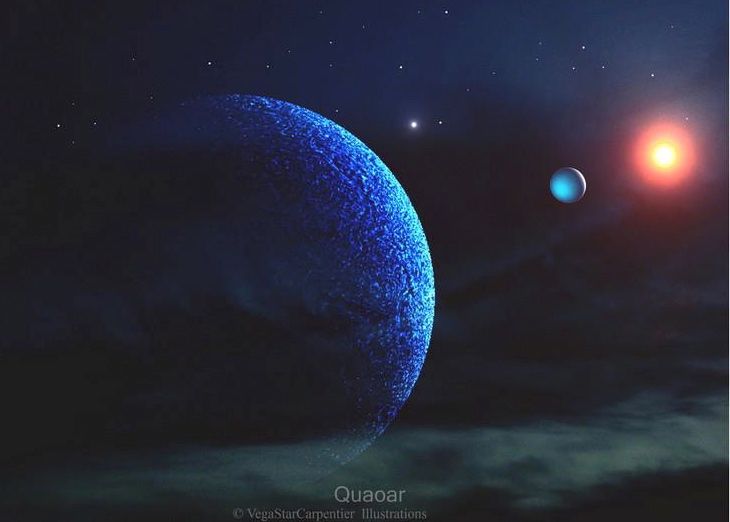
© Reuters
The extraterrestrial double whammy that Earth only partially avoided on Friday has triggered an immediate response from astronomers. Several have announced plans to create state-of-the-art detection systems to give warning of incoming asteroids and meteoroids. These include projects backed by Nasa as well as proposals put forward by private
space contractors.
In each case, scientists want to develop techniques that can pinpoint relatively small but still potentially devastating meteoroids, comets and asteroids that threaten to strike Earth. These would give notice of impact of several days or possibly weeks and allow threatened areas to be evacuated.
The announcements of the various plans follow Friday's meteorite crash that caused devastation in Chelyabinsk,
Russia. On the same day, a 150ft-diameter asteroid swept to within 17,000 miles of Earth.
The fact that the two events happened together has been dismissed as "a cosmic coincidence" by scientists. Nevertheless, astronomers - many gathered at the American Association for the Advancement of Science annual meeting in Boston this weekend - have been quick to reassure the public that they have plans to provide better warnings of future impacts.
"The hundreds of people injured in Russia show it is time to take action and no longer be passive about these events," said Rick Tumlinson, chairman of the US company Deep Space Industries. His company is preparing to launch a series of small spacecraft later this decade. These are aimed at surveying nearby asteroids to see if they can be mined for metals and ores.
However the fleet could also be used to monitor small, difficult-to-detect objects that threaten to strike Earth. Deep Space Industries - which is based in McLean, Virginia - proposes building 10 spacecraft at a cost of $100m (£65m) over the next four years, though it has not indicated who will fund missions.


Comment: Note the falls appear to concentrate over populated areas. While this could be explained by saying that naturally more meteorites will be found in areas where there are more people, we have to wonder if masses of people can act as some sort of 'attractor' for these things...
To find out more, check out Comets and the Horns of Moses.